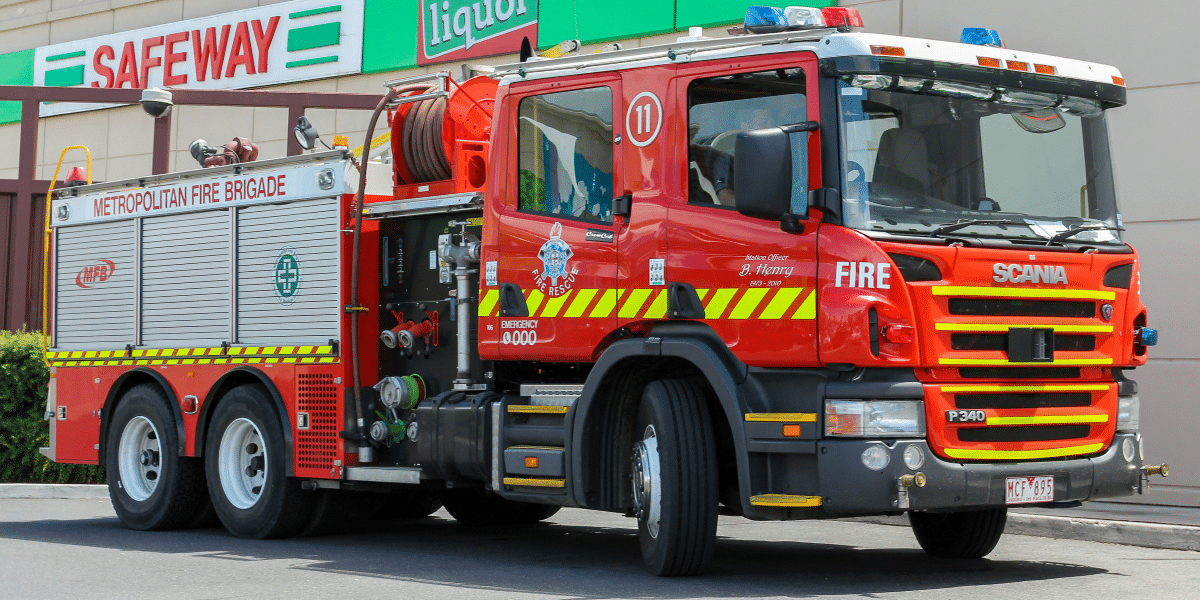Improving Safety Features
Modern emergency vehicles are crucial for the safety of both responders and the general public. Upgrades in safety features such as advanced airbag systems, anti-lock brakes, and stability control mechanisms make a significant difference. In addition to these necessities, additional safety features, such as reinforced car frames and underride guards, contribute immensely to overall safety. These improvements minimize the impact of collisions and offer better protection in critical situations.
Further, upgrading the vehicle’s internal systems for better crash detection and rapid response can be vital. Emergency vehicles equipped with automatic collision notification (ACN) systems can immediately communicate with dispatch centers in case of an accident. To delve deeper into enhancing safety features, you can learn more about specific upgrades and installations that can save lives and improve response times.
Enhancing Communication Systems
One of the most critical aspects of emergency response is communication. State-of-the-art communication systems, such as next-generation 911 systems and real-time data sharing, ensure that responders can communicate effectively. Such systems allow for swift information relay between emergency teams and enhance coordination during critical moments. For example, digital radios and satellite communications enable seamless interaction even in remote areas where traditional communication tools might fail.
Recent advancements have also made integrating these communication systems with other emergency technologies possible, making operations more efficient and timely. Upgrading to next-generation 911 systems is a step in the right direction toward improved communication, offering features like text-to-911 that can be crucial in situations where voice communication is not possible.
Upgrading Lighting Systems
Visibility is crucial for emergency vehicles, especially during night shifts or adverse weather conditions. Installing high-intensity LED lighting systems and customizable light bars ensures that emergency vehicles are easily visible in all conditions. These lighting systems make the vehicles more noticeable and help illuminate the scene of an incident, improving the operational efficiency of responders.
These upgrades enhance the vehicle’s presence on the road, reducing accident risks and increasing emergency response efficiency. Using strobe lights and directional lighting can also help manage traffic around the emergency scene more effectively. Advanced lighting solutions come with programmable features that allow for different lighting patterns based on the situation, further enhancing the adaptability of emergency vehicles.
Advanced Navigation Tools
During an emergency, every second counts. Utilizing advanced navigation tools, such as GPS and mapping systems, allows emergency responders to find the quickest and most efficient route to an incident. These tools can provide real-time traffic updates, road closure information, and alternative routes to ensure that responders reach the scene as fast as possible in urban areas, where traffic congestion can be a significant barrier; real-time route optimization can save crucial minutes.
Advanced navigation tools include additional features like route optimization and accident avoidance systems. This technology assists in minimizing response times and swiftly getting help where it’s needed most. Resources like GPS are indispensable in complex urban environments and remote areas, helping responders navigate efficiently.
In-Cabin Technology
Advanced in-cabin technology significantly improves the effectiveness of emergency vehicles. Mobile data terminals (MDTs) provide real-time information and facilitate accurate data management and communication. This technology allows responders to access critical information such as patient records, hazard databases, and route information while moving.
Additionally, driver assistance systems help maneuver the vehicle more safely in high-risk situations. Features like collision avoidance, blind-spot monitoring, and adaptive cruise control can significantly reduce the chances of accidents. In-cabin technology can also improve emergency responders’ comfort and safety, allowing them to focus better on their crucial tasks. These technologies make handling multiple operational aspects seamlessly from inside the vehicle easier, enhancing overall response efficacy.
Sustainable Vehicle Options
With growing environmental concerns, transitioning to sustainable vehicle options is becoming increasingly important. Hybrid or electric emergency vehicles are now being seen as viable alternatives. These vehicles help reduce the carbon footprint while maintaining the efficiency required for emergency services. For instance, hybrid vehicles can switch fuel types, providing flexibility and reducing emissions during long idling periods common in emergency response operations.
Sustainable vehicle options benefit the environment and can lead to long-term cost savings through reduced fuel consumption and maintenance costs. As technology advances, electric vehicles are becoming more feasible for emergency services, offering longer ranges and quicker charging times. Investing in sustainable options reflects a commitment to environmental stewardship and operational efficiency.
Regular Maintenance and Inspections
Regular maintenance and inspections ensure emergency vehicles are always in excellent condition. Routine checks help identify potential issues early on, preventing unexpected breakdowns during critical times. Maintenance protocols should cover all aspects of the vehicle, from mechanical systems to electronic components.
Comprehensive inspections should cover all aspects of the vehicle, including the engine, braking system, electronics, and safety equipment. Proper maintenance extends the vehicle’s life and ensures it remains reliable when needed most. Scheduled maintenance can also help identify and address recurring problems before they lead to significant failures. Regular checks contribute to the overall operational readiness and dependability of emergency vehicles.
Training and Education for Emergency Responders
Equipping emergency responders with the right knowledge and skills is essential for effectively using these modernized vehicles. Continuous training and education programs ensure responders know the latest technologies and best practices. Training can cover various topics, from operating advanced navigation systems to understanding the intricacies of in-cabin technology.
Educational initiatives can cover aspects such as operating advanced navigation systems, using in-cabin technology, and conducting vehicle inspections. Additionally, scenario-based training can help responders act quickly and effectively during real-life emergencies. These measures help maximize the benefits of technological upgrades and improve overall emergency response effectiveness, creating a more prepared and capable force.
Published By: Aize Perez


















